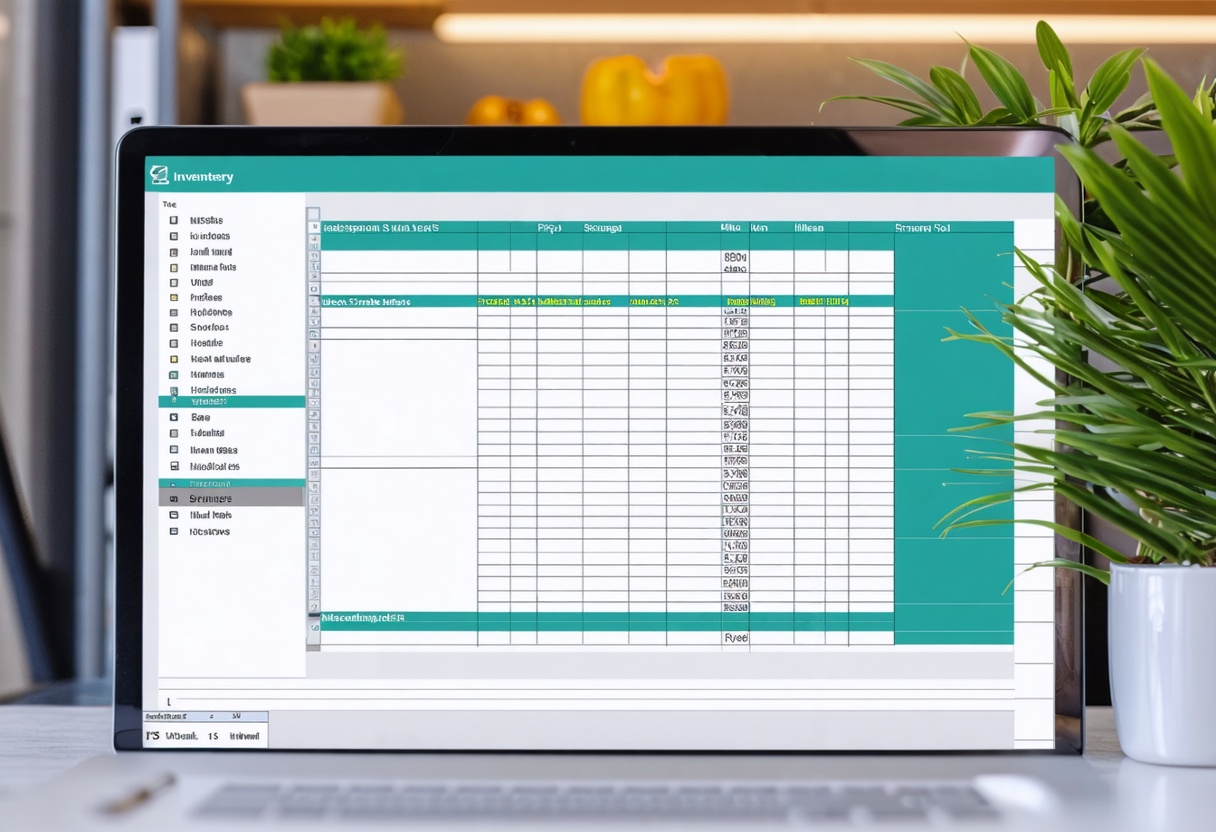SkuVault vs Finale: Inventory Management System Review and Comparison
Finale Inventory stands out in 2025 for its affordable pricing, powerful built-in features, and standout customer support, making it a top choice over SkuVault Core for growing businesses.
What is Lead Time? Definition & Tips to Shorten It – Finale Inventory | Ecommerce
Learn about lead time, its components, and strategies to shorten it, improving inventory management and customer satisfaction in ecommerce.
Economic Order Quantity Explained: Formulas and How to Use Them – Finale Inventory | Ecommerce
Learn how Economic Order Quantity (EOQ) helps ecommerce businesses minimize inventory costs and optimize stock levels for improved efficiency and profitability.
Inventory Spreadsheet Templates
Streamline your ecommerce business with inventory spreadsheet templates for efficient management, accurate tracking, and enhanced customer satisfaction.


Demand Forecasting: A Complete Overview of Types, Methods, and Trends | Ecommerce
Explore demand forecasting in ecommerce, including methods, trends, and the role of technology to optimize inventory and meet customer needs.
Inventory Management Resource Center | Finale Inventory | Ecommerce
Efficient inventory management boosts ecommerce success by optimizing stock levels, speeding order fulfillment, and enhancing customer satisfaction. Explore top strategies.
Navigating the 5 Key Challenges in the Construction Industry: Solutions for Success
Explore how construction firms can tackle key challenges like labor shortages, safety, tech integration, and sustainability with effective strategies and solutions.
The Importance of Inventory Control for Efficient Operations with Finale Inventory | Ecommerce
Effective inventory control boosts ecommerce success by minimizing stockouts, optimizing order fulfillment, and enhancing customer satisfaction. Learn more now!
Digital Transformation in the Construction Sector: Key Insights
Explore how digital transformation and online procurement are reshaping the construction sector, enhancing efficiency, safety, and project management.
6 Key Benefits of Inventory Management for Construction Companies
Discover how effective inventory management can boost efficiency, cut costs, and improve cash flow for construction companies in today’s evolving market.
9 Key Inventory Management Software Features for Efficient Operations with Finale Inventory | Ecommerce
Boost your ecommerce operations with key inventory management features. Enhance efficiency, prevent stockouts, and optimize performance with top software tools.
How to Hire an Inventory Manager: A Comprehensive Guide for Businesses | Ecommerce
Learn how to hire the perfect inventory manager for your ecommerce business. Discover key responsibilities, skills needed, and effective hiring tips.
How to Find Reliable Suppliers for Your Business
Discover tips for finding reliable suppliers, evaluating their performance, and leveraging technology to enhance your supply chain and business growth.
How To Manage High Inventory Volumes: Optimize Large Inventory Quantities
Optimize high inventory management with effective tools and strategies. Learn how automation, advanced reporting, and forecasting boost efficiency and satisfaction.
Is Bulk Ordering Right for Your Business? Bulk Ordering for Ecommerce
Explore how bulk ordering can save costs, improve product availability, and streamline logistics for your ecommerce business.
How to Label Inventory Efficiently: A Comprehensive Guide
Master efficient inventory labeling with key steps, advanced techniques, and software tips to streamline your ecommerce operations and boost accuracy.
7 Effective Strategies to Minimize Manufacturing Waste
Discover 7 key strategies to reduce manufacturing waste, from lean practices to advanced technologies, and enhance efficiency and sustainability in production.
6 Effective Hospital Supply Chain Management Strategies to Streamline Operations | Ecommerce
Explore key strategies to enhance hospital supply chain management: automation, supplier relationships, lean inventory, and data analytics for better efficiency and care.
Asset Management Spreadsheet Template
Simplify asset management in ecommerce with a customizable spreadsheet template, enhancing efficiency, accuracy, and informed decision-making.
Visual Inventory Management: A Comprehensive Guide for Efficient Control with Finale Inventory | Ecommerce
Boost ecommerce efficiency with visual inventory management, enhancing accuracy and control through real-time insights and advanced technology integration.






















